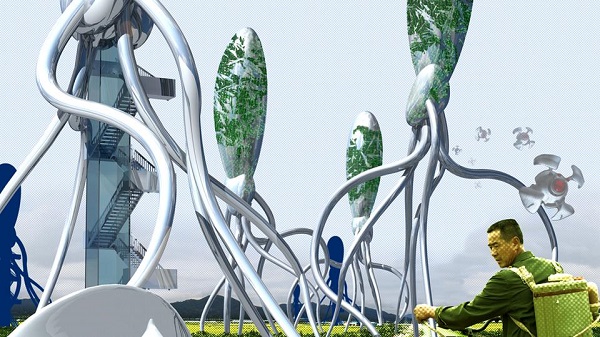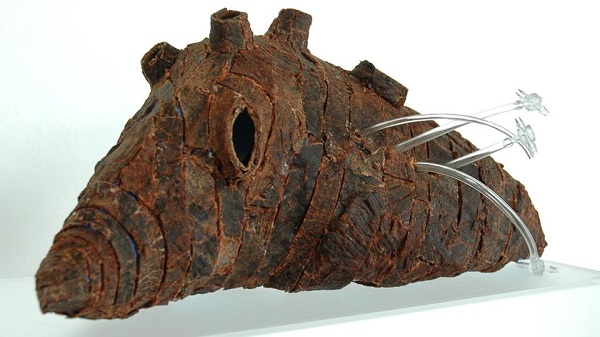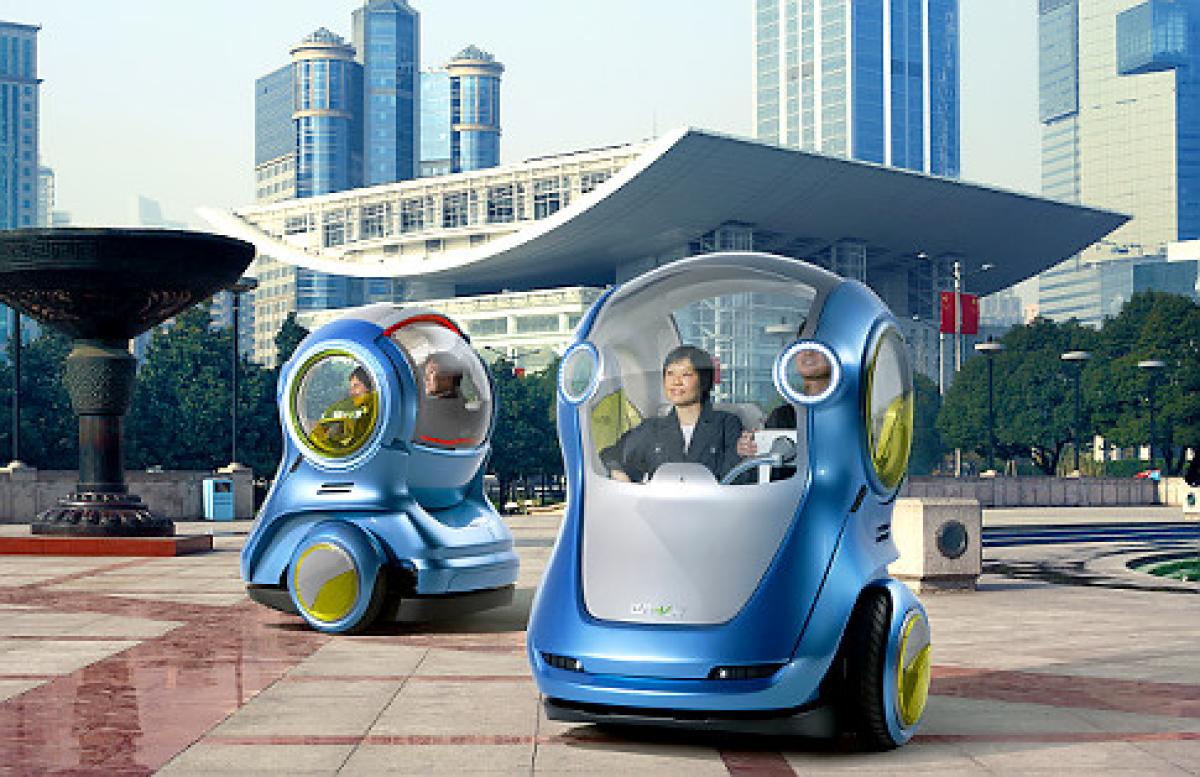Cities are already ecosystems, metaphorically speaking, but some future-minded architects and city planners have in store for us a more literal approach.
Energy-generating buildings, much like the algae-powered BIQ house I wrote about a few months ago, will be a common thing in the future, according to the architects BBC featured in a recent article. In my opinion, such buildings should at least generate power from themselves, if not for the surrounding areas. In fact, the BIQ house fits the pattern perfectly, as it is covered in algae and the architects in question envision the buildings of the future as living organisms (with truth to the letter).

This approach is necessary if the construction of carbon neutral and sustainable cities is desired. The architects from Terreform, the ones whose designs were featured by BBC, define themselves as an “Ecological Design Group for Urban Infrastructure, Building, Planning, and Art.” Judging by their concepts and by the suggested designs, which can be seen above and below, I’d say that their description is quite accurate.
Despite not being connected in any way to the group of architects who created the BIQ house, the Terreform designers had algae in their minds, too. The algae that cover the towers designed by them are supposed to act as fuel. I really hope that this idea picks up speed, as we really need more green buildings in our lives instead of the mirrored ones that surround us nowadays.

As for the house pictured above, BBC Future stated in their article: “Terreform’s concept for a shelter is built from a range of materials – including lab-grown pig skin cells. The skin is merged with gums and plastics.” That is fascinating, as Spock would say (buy maybe not that highly illogical)! This blend of materials, along with the shape of the shelter, would definitely make the house look like a living organism. The idea behind all this is that the building would be able to “heal” or repair itself automatically in case of natural calamities.
We definitely have the resources and the technology necessary for reinventing the building and for redesigning the cities of the future, but I really doubt that some of us (the ones holding the grips, if you know what I mean) are willing to do that. After all, there’s still some oil to drill and sell, and they won’t give up on it that easily. What I think about these organic buildings? They’d be great, as long as their odor is not foul.
If you liked this post, please check this monumental 3D paper architecture and the algae-powered BIQ house.










